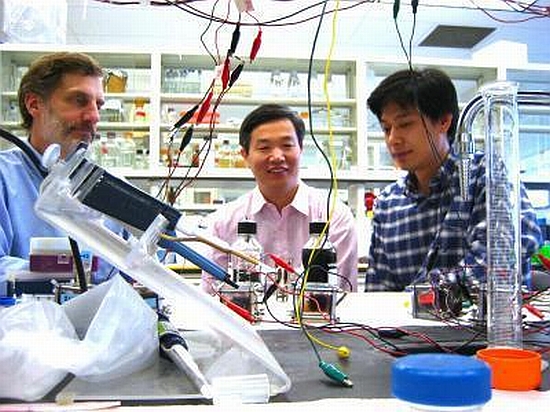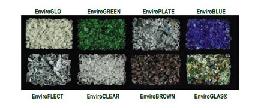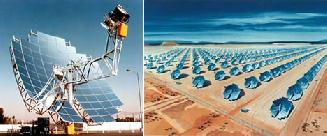
Eco Factor: Carbon neutral process uses electricity to generate methane.
A team of Penn State Engineers have developed a new technique that could possibly convert electricity into methane, using self-perpetuating microorganisms commonly found in marshes and dumps. The research might change the conception that all the methane generation going on in nature is a result of hydrogen, as the new process found very little traces of hydrogen in the gas phase.
The microbial electrolysis cells do require an electric voltage added to the voltage that is produced by the bacteria using organic raw materials. The researchers have found out that Archaea, using a small electrical input, could use the current to convert carbon dioxide and water into methane without using any organic compounds. To explain the findings, researchers have developed small cells that carry out the microbial electrolysis process, resulting in methane.
Currently the cells are about 80% efficient in converting electricity to methane and since they make use of carbon dioxide, methane generation can go carbon neutral if carbon dioxide generated by burning methane is captured and fed back into the cells, and the electricity needed for the process to work comes from renewable energy sources.
The Dark Side:
The process can go carbon neutral only if a specified setup is built, which captures carbon dioxide and makes use of renewable energy. Since the system does not sequester carbon dioxide from the air, the net eco-factor of the process depends on the use of other green technologies.
Via: ScienceDaily




